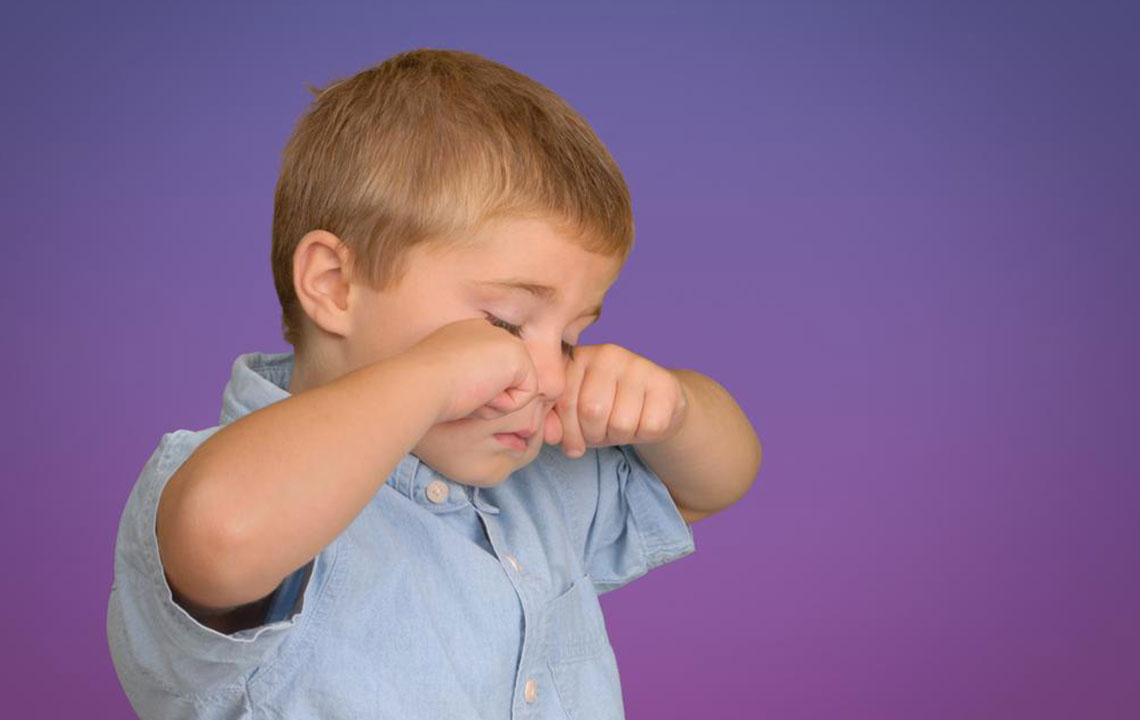Simple Ways to Treat Itchy Eyes

Everyone has suffered from itchy eyes at some point in their life without fail. Itchy eyes are a common problem and along with itchy eyes come itchy eyelids, which is more often more irritating than the itchy eyes. The base of the lashes – the difficult-to-reach area of the eyes often itches a lot. Itchy eyes may also lead to red eyes and swollen eyelids and the medical term for this condition is ocular pruritus. The word ocular stands to refer to vision. Itchy eyes require immediate relief, and often the very act of rubbing the eyes makes the problem worse.
Causes of itchy eyes
Usually, it is an allergy or a foreign body that is the root cause of the itchy eyes. Any irritating substance, also known as an allergen, which can be animal dander, pollen, dust or anything that a person is allergic to can cause itchy eyes. The reason behind this is the release of an anti-allergy compound that is known as histamine. It is released in the tissues around the eyes that causes swelling, itching, and redness as a response to the allergen. It is a defense mechanism of the human body. Rubbing itchy eyes often makes the problem a lot worse and eye allergies can be seasonal, or year long and can come in different shapes and sizes.
For example, seasonal allergies often cause a problem called seasonal conjunctivitis. It usually affects a lot of people during the fall and the spring season. The main cause behind it is allergens like pollen, dust and animal dander, grass, weeds, etc. that float freely in the environment during the spring season.
Year-long allergies, also known as perennial allergies, can occur anytime during the year due to allergens like dust and mold. It should be noted that every person is allergic to individual substances and not everybody may have an allergy.
Allergic itchy eye treatment depends on the cause of the itchiness and the allergen. Sometimes, it is a product like an eye drop or contact lens solution that causes the problem. Sometimes it can be a single ingredient in a product that can cause the eyes to itch, like a lotion ort cream or make up product or cosmetic applied near to the eye area.
Meibomian gland dysfunction and dry eye syndrome may also sometimes cause itchy eyes instead of allergies. The problem of itchy eyes thus can happen due to multiple factors. Red, irritated and inflamed eye lids have a condition called blepharitis that is caused by certain bacteria and even certain microscopic mites that can live on the eyelids.
Contact lens users can also suffer from itchy eyes. If the problem is already there and a person wear contacts, it can get aggravated since contact lenses cut off a major part of the air supply to the cornea, adding to the dryness of the eye. It can be very uncomfortable to wear contact lenses with itchy eyes. Other times, wearing dirty contact lenses that haven’t been cleaned properly can also cause itchy eyes. Wearing contact lenses for too long or not replacing them frequently enough can be another reason and thus, ensuring that contact lenses are not the problem may be one of the best allergic itchy eye treatment that one can look after themselves.
Since the causes for itchy eyes are so varied, the treatment for allergic itchy eye treatment also varies from person to person. In case the symptoms get worse, last for too long a time or do not subside despite cutting off the allergy causing allergen,. One must consult a doctor or ophthalmologist for the treatment.
Allergic itchy eye treatment includes anything from using over the counter medications, eye drops to long term treatment with the help of a treatment plan.
Prescription eye drops, oral medications, and compresses can help ease the symptoms of the allergy and provide some relief. Certain medications also help prevent further symptoms.
Some home remedies for allergic itchy eye treatment include:
- Using a damp, cold, clean wash cloth over closed eyes.
- Using eye drops regularly in case of an allergic reaction.
- Taking precautions against seasonal allergens that can cause itchy eyes.
- Splashing cold water on the eyes at regular intervals.
- Cleaning the eyes with a solution of boric powder and water.
- Using cucumber slices to provide relief.
- Using potato slices over the eyes, wrapped in muslin to provide relief.
- Using potato juice diluted with water, soaked on cotton to provide relief.
- Using steeped and cooled tea bags over the eyelids to provide relief. Tea has bioflavonoids that fight bacterial and viral infections as well as reduce inflammation in the eyes. Using a cold, moist green or black tea bag on the affected eye for a couple of minutes can help soothe irritation and thereby reduce the urge to itch. Coupled with the proper treatment, it can provide a lot of relief.


